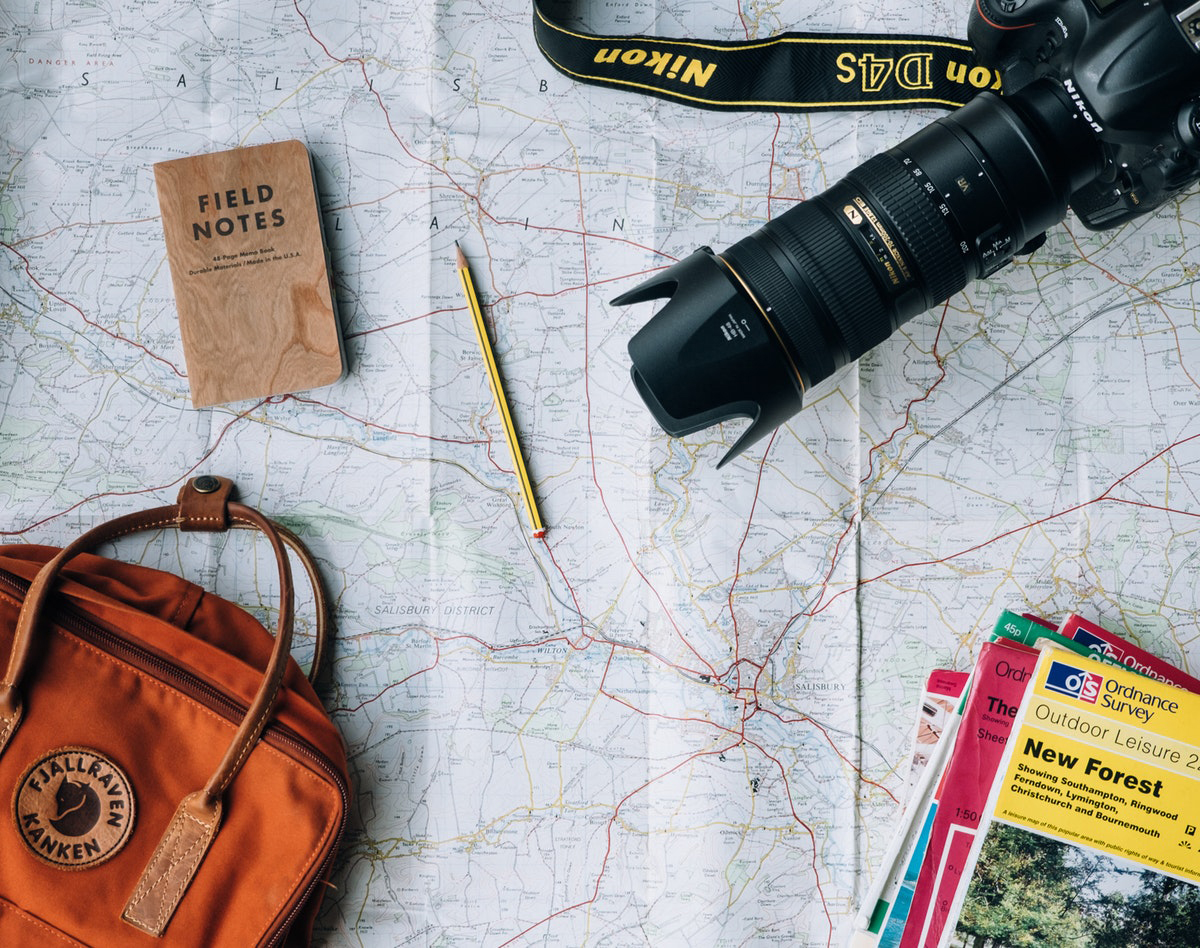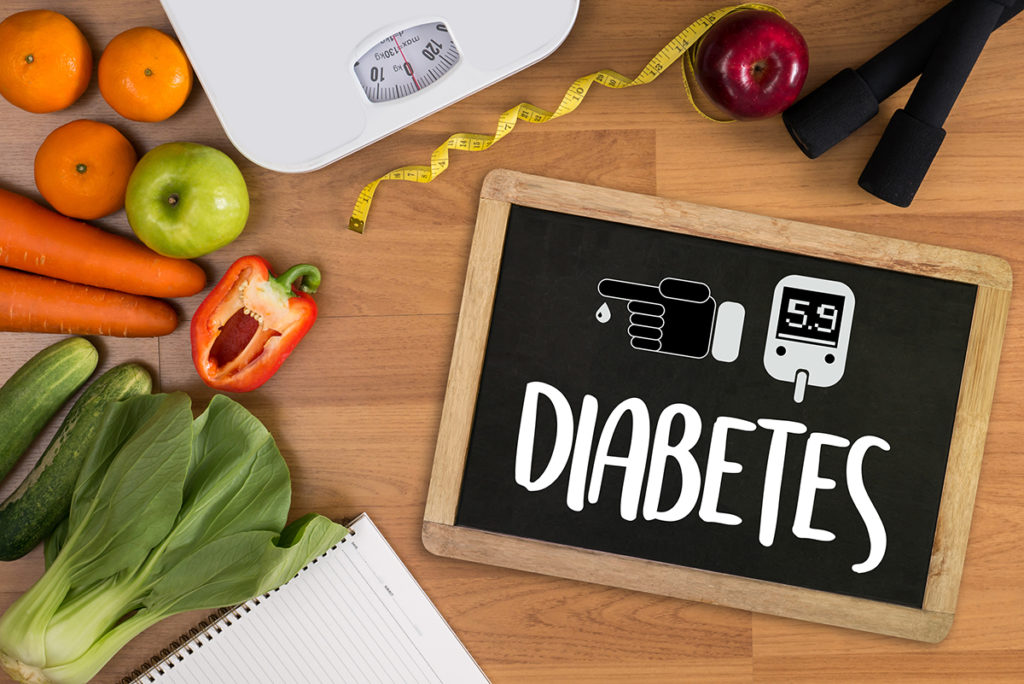While getaways are often an opportunity to unplug, relax and enjoy quality time with loved ones, people with diabetes need to think about more than just what clothes to pack. Taking the necessary precautions will help ensure safe and healthy travels.
“Before a long trip, have a medical exam to ensure your diabetes is in good control,” said Dr. Hagop Kojanian, a Steward Health Care endocrinology and diabetes specialist. “Schedule the exam with enough time to work on your control before you depart. You should also receive any immunizations you may be due for.”
When discussing travel plans with your doctor or diabetes educator, focus on preparing for the unexpected so you’ll be ready to cope with varied eating times, delays in blood testing, changing insulin doses – even what to do if you run out of medication or become ill.
Here are some additional tips:
- Wear a universally recognized diabetes identification tag. This is important if you are traveling alone or will be in a foreign country. A tag can “speak” for you should you become ill or need help.
- Always carry twice the amount of medication you’ll need for the entire trip. Keep your diabetes supplies with you at all times.
- If you need to inject insulin when flying, find out how to adjust the dose to allow for lower air pressure in the plane’s cabin. When changing time zones, be aware that it may be harder to keep track of when it’s time to take your medication. If you use an insulin pump, reset the pump’s clock for the new time zone.
 Ask your doctor for extra prescriptions that can be filled if you lose your medications. Take your doctor’s phone and fax number with you, along with a letter stating you have diabetes and use syringes to take insulin.
Ask your doctor for extra prescriptions that can be filled if you lose your medications. Take your doctor’s phone and fax number with you, along with a letter stating you have diabetes and use syringes to take insulin.- Take steps to protect your insulin. Don’t store your insulin in the glove compartment or trunk of your car. Backpacks and cycle bags can also get quite hot in the direct sunlight.
- Find out where you can obtain medical care at different destinations along your travel route. If you are traveling with a companion, be sure that person knows how to help you in an emergency.
- Always carry a form of sugar and snacks with you. “Keep a quick-acting source of glucose to treat low blood glucose, as well as an easy-to-carry snack, such as a nutrition bar,” said Dr. Kojanian. “Ideally, we recommend Glucose tabs from the Pharmacy.” Also, try to maintain a regular mealtime schedule. If you plan to be eating new and exotic foods, discuss their possible side effects with your physician.
- Check your blood sugar regularly. Remember that regulating your blood sugar level is the single most important thing you can do to manage your diabetes.
- Take care of your feet. Break in new walking shoes before your trip. Pack a pair of sandals or water shoes to avoid injuring your feet at the beach or in the water.
Dr. Kojanian recommends the website www.diabetes.org/living-with-diabetes for additional information on living with and successfully managing diabetes.
With the proper planning, you can be sure to get that rest and relaxation you need during your upcoming trip – with the added peace of mind knowing you’ll be prepared for the unexpected.




